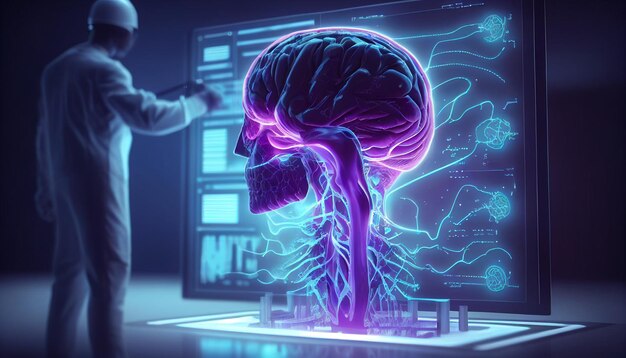Lambda
waves and Interictal Epileptiform Discharges (IEDs) are both EEG patterns
observed in the brain, but they have distinct characteristics, contexts of
occurrence, and clinical implications. Here are the key differences between the
two:
1. State
of Occurrence
- Lambda Waves:
These waves occur exclusively during wakefulness, particularly when the
eyes are open and the individual is engaged in visual exploration. They
are associated with visual attention and processing.
- Interictal Epileptiform Discharges (IEDs):
IEDs can occur during both wakefulness and sleep, and they are typically
associated with epilepsy. They are not dependent on visual stimuli or eye
movements.
2. Waveform
Characteristics
- Lambda Waves:
Lambda waves are characterized by a triangular or sawtooth waveform, with
a sharp contour at the apex. They are generally diphasic or sometimes
triphasic.
- IEDs: IEDs are typically
sharper and more defined than lambda waves. They often appear as spikes
or sharp waves and can vary in morphology depending on the type of
epilepsy.
3. Temporal
Patterns
- Lambda Waves:
These waves are often isolated transients that may recur at intervals of
200 to 500 milliseconds. They are not typically seen in trains.
- IEDs: IEDs can occur in trains
and are often seen as repetitive patterns. They may appear in bursts and
can be more frequent during sleep.
4. Response
to Eye Closure
- Lambda Waves:
The presence of lambda waves is blocked when the eyes are closed, as they
are dependent on visual stimuli and eye movements. They are absent during
sustained eye closure.
- IEDs: IEDs are not affected by
eye closure and can occur regardless of whether the eyes are open or
closed. They can be present during both wakefulness and sleep.
5. Clinical
Implications
- Lambda Waves:
While generally considered a normal finding in awake individuals,
abnormal patterns or asymmetry in lambda waves may indicate underlying
neurological issues related to visual processing. However, lambda waves
are not statistically associated with a greater likelihood of IEDs.
- IEDs: The presence of IEDs is
often indicative of an underlying epileptic condition. They are
considered abnormal findings and can be associated with an increased risk
of seizures.
Conclusion
In
summary, lambda waves and Interictal Epileptiform Discharges are distinct EEG
patterns that differ in their state of occurrence, waveform characteristics,
temporal patterns, response to eye closure, and clinical implications.
Understanding these differences is crucial for accurate interpretation of EEG
recordings and for distinguishing between normal brain activity and potential
epileptic activity.


Comments
Post a Comment